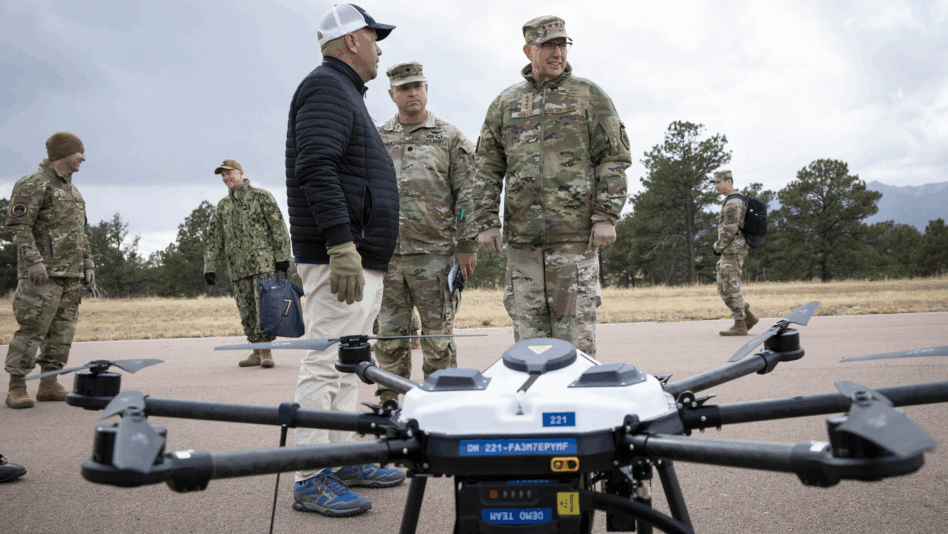Everyone loves a good competition.
Last week, the Defense Innovation Unit (DIU) announced the ten finalists for its Low-Cost Sensing (LCS) challenge—a Replicator 2 initiative aimed at fielding cheap, scalable sensors to detect small drones. The finalists are set to go head-to-head at USNORTHCOM’s Falcon Peak exercise in September for a share of the prize fund, follow-on opportunities, and eternal glory. So, who’s leading the pack?
Replicator 2: First, some context for the uninitiated.
The OG Replicator initiative, launched in 2023, is the DIU’s fast-track effort to quickly field thousands of low-cost, attritable drones. Replicator 2 was introduced last fall and focuses on counter‑sUAS sensing and low‑collateral defeat technologies. The goal of Replicator 2’s LCS challenge, according to the DIU, is “to complement exquisite sensor systems with affordable, distributed sensing technologies” at scale, especially by “tapping into non-traditional defense companies.”
“North America faces a variety of non-traditional threats, and key among these is the use of small uncrewed aircraft systems operating near installations and critical infrastructure,” NORTHCOM Commander Gen. Gregory M. Guillot said in the solicitation in May. Joint cUAS Office Director Maj. Gen. David Stewart added, “This project is a key step in our joint solutions approach to address the growing threats and challenges of all-domain drone warfare.”
Sensing sensations: The Replicator 2 cohort has everything: passive radar, AI-powered acoustic arrays, thermal imaging, and radar-equipped interceptor drones.
Out of 118 applicants, the LCS challenge’s finalists included:
- Teledyne FLIR, which makes thermal imaging infrared cameras and sensors.
- REVOBEAM, a Polish company focused on secure communications in disrupted environments.
- Fortem Technologies, which makes autonomous and radar-guided drone-hunting UAVs.
- BLUEiQ, a Boston-based startup making passive underwater acoustic sensors—originally developed for UUVs—for drone detection.
Thalrix, Squarehead Technology, Hidden Level, Guardian RF, CHAOS 1, and MatrixSpace rounded out the ten. All in all, the group shows just how many options there are out there for beating small drones—which is especially good considering how obsessed Trump and Hegseth seem with them.
“These ten finalists represent the forefront of sensor innovation, demonstrating how diverse technological approaches can enhance our layered defense,” Replicator 2 Director David Payne said in a statement. “Our collaboration with USNORTHCOM, the US Army, and other partners has been instrumental in aligning this effort with the Department’s most critical sensing needs.”
The companies will duke it out during live tests at NORTHCOM’s Falcon Peak exercise in September, with a prize purse distributed based on performance. NORTHCOM was tapped to lead DoD’s domestic counter-sUAS efforts last year.

